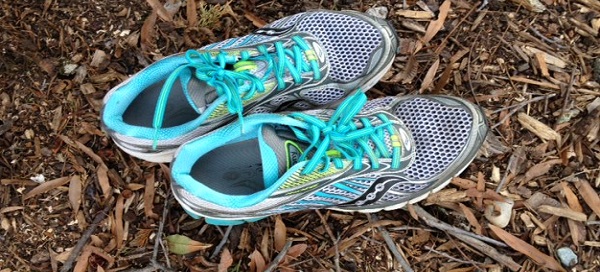
Last weekend I enjoyed running the Little River trail run, a great event put on by the Trailheads at Little River Regional Park. It was a cold and crisp day, the trails winding by the river and throughout the natural area. As pretty new staffer here at TLC, I was especially proud given TLC’s work years ago to help preserve this land for open space and to protect the river.
Clean water supplies are key to the future of our region, and TLC continues to protect open space and clean water across the Triangle. Over the last year, TLC worked to protect streams like Terrell Creek, which flows into Jordan Lake, and Tick Creek, part of the Rocky River watershed. We are also part of the Upper Neuse Clean Water Initiative, a partnership of land trusts working to protect clean drinking water supplies for 600,000 people that is cost-effectively protecting land and water.
Creeks cross our landscape, but are sometimes hidden in our more developed areas – often piped underground, rerouted or completely filled in. That’s why it’s exciting to hear about Raleigh’s interest in “daylighting” some currently buried streams as part of downtown redevelopment and development of a riverwalk. Pigeon House and Rocky Branch are being considered.
Stream daylighting unearths or exposes some or all of a previously buried stream to help restore the stream, and can help restore the community too. In her report, Breathing Life into Urban Streams and Communities (pdf), Amy Trice details the potential benefits of stream daylighting and provides some great examples, including:
• Kalamazoo, MI – where Arcadia Creek was daylighted, reducing flooding so significantly that local business owners no longer have to purchase flood insurance. The stream is now a downtown amenity and site of local festivals;
• Yonkers, NY – the daylighting of Saw Mill, a tributary to the Hudson, sparked a downtown revitalization and created important aquatic habitat.
These and others illustrate the benefits of reconnecting people to their streams right where they live. I hope that Raleigh, and all cities, will have the opportunity to restore their local rivers creating opportunities for more vibrant communities and places for people to walk, run and reflect.
